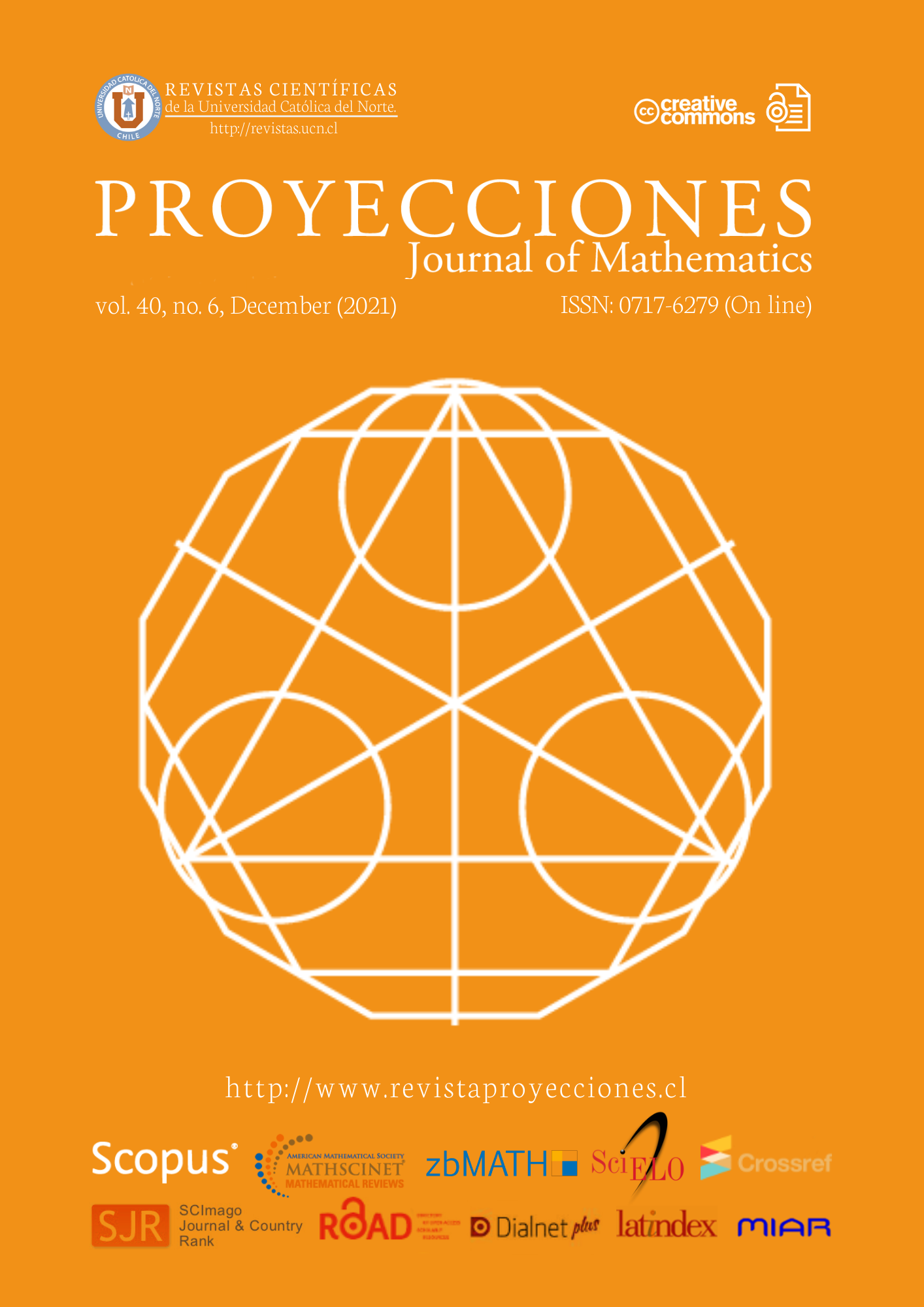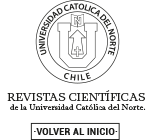Stationary Boltzmann equation
an approach via Morse theory
DOI:
https://doi.org/10.22199/issn.0717-6279-4034Keywords:
Stationary Boltzmann equation, Morse theory, Critical pointsAbstract
In this paper we study the unidimensional Stationary Boltzmann Equation by an approach via Morse theory. We define a functional J whose critical points coincide with the solutions of the Stationary Boltzmann Equation. By the calculation of Morse index of J’’0(0)h and the critical groups C2(J, 0) and C2(J, ∞) we prove that J has two different critical points u1 and u2 different from 0, that is, solutions of Boltzmann Equation.
References
H. Ambrosetti and A. Malchidi, No linear analysis and semilinear eliptic problems. Cambridge: Cambridge University,2007.
L. Arkeryd, “On the stationary Boltzman equation”, Séminaire Équations aux dérivées partielles, vol. 2001-2002, 2002.
L. Arkeryd and A. Nouri, “The stationary Boltzman equation in Rn with given data”, Annali della Scuola normale superiore di Pisa. Classe di scienze, vol. 1, no.2, pp. 359-385, 2002.
H. Brezis, Functional analysis, Sobolev spaces and partial differential equations. New York, NY: Springer, 2011.
K.-C. Chang, Infinite dimensional morse theory and multiple solution problems. Boston, MA: Birkhäuser, 1993.
M. Almanza and R. Galeano, “A variational approach of stationary Boltzmann under a condition of poisson type”, Revista Técnica de la Facultad de Ingeniería Universidad del Zulia, vol. 36, no. 3, 2013.
R Galeano, J. Cantillo, and P. Ortega, “Stationary Boltzmann equation and the nonlinear alternative of Leray-Schander”, Cubo (Temuco), vol 16, no. 1, 2014.
F. Grünbaum, “Linearization for the Boltzmann equation”, Transactions of the American Mathematical Society, vol. 165, 1972.
Y. Matsumoto, An introduction to Morse theory. Providence, RI: AMS, 2002.
K. Perera and M. Schechter, Topics in critical point theory. Cambridge: Cambridge University, 2013.
S. Ukai and T. Yang, “Stationary problem of Boltzmann equation,” in Handbook of differential equations: stationary partial differential equations, vol. 5, M. Chipot, Ed. Elsevier, 2008, pp. 371–485.
Published
How to Cite
Issue
Section
Copyright (c) 2021 Rafael Galeano, Joel Torres del Valle

This work is licensed under a Creative Commons Attribution 4.0 International License.
-
Attribution — You must give appropriate credit, provide a link to the license, and indicate if changes were made. You may do so in any reasonable manner, but not in any way that suggests the licensor endorses you or your use.
- No additional restrictions — You may not apply legal terms or technological measures that legally restrict others from doing anything the license permits.












